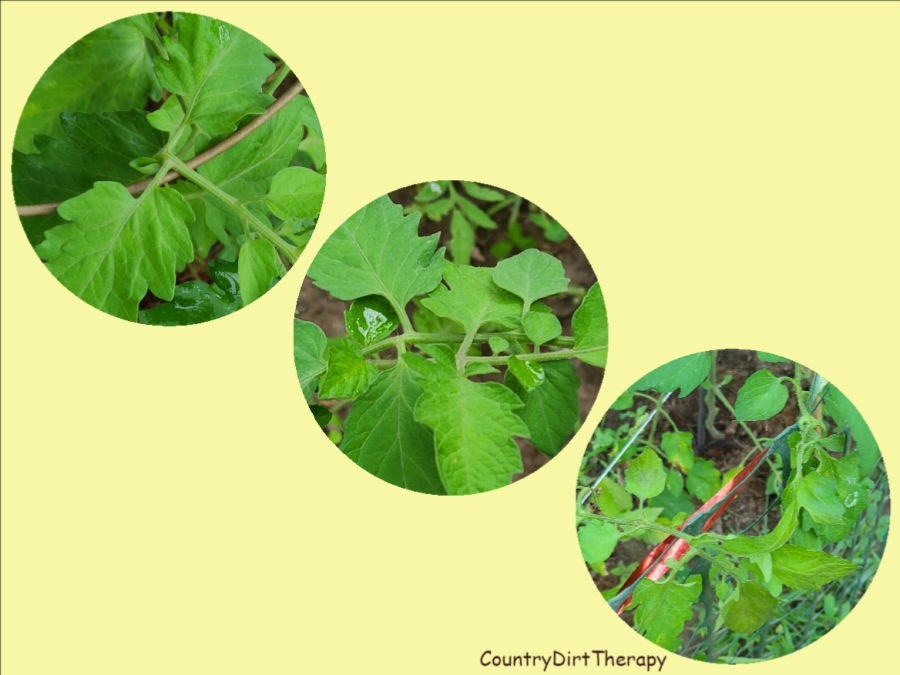“All gardening is landscape painting.” – William Kent
I have been gardening in the same space for 9 years now. Therefore, garden layout planning is very important. I utilize crop rotation to the best I can. Traditionally, it would be a 4-year crop rotation. Meaning not having the same kind of plants in each spot year after year. But I use a 3-year rotation as I haven’t had much luck with root vegetables and having a black walnut tree in the yard. I also amend the soil according to the recommendations given from the soil sample analyst in the fall.
Each year I have a general idea as to where I want to put each kind of plants. After I get the garden tilled up (thanks to my husband and son for the deep tilling), I remeasure the perimeter. Then I recount how many plants I have to transplant into the garden. Since I start the tomatoes, peppers, and flowers from seed, the number of plants can change from how many seeds I planted months earlier. Then I get my graph paper, colored pencils, and ruler together to draw out a garden layout. The rows and pathways change each year. Thus, aiding in favorable soil conditions in regard to preventing specific plant pest, fungi, and issues.
Drawn garden layouts are not permanent. It may be several weeks between making the ‘plan’ and actually putting the plants in the ground. When I pick out the varieties of plants to put into the garden, I also make a list of them with pertinent information. For example, how many days to harvest, how far apart to space them, and what color changes may occur. For this reason, I can make rows in the garden before transplanting. This year, after measuring out and making rows (yes, actually with a yard stick), I switched the location of the small and medium tomatoes. The walkability between rows just felt better.
Not all plans going right. The tomatoes needed spacing out a few weeks ago but the weather wasn’t suitable yet to put them in the ground. So, I transplanted half of them into another tray. No big deal, they grew great actually with new soil and space. Fast forward to this week when I put them in the ground. Having the same tomato variety in two trays got me mixed up. I lost count how many some varieties had. I tried to put the same variety in a row together. Of course, I was mixing up Japanese Black, Prince Borghese, and Black Prince (who wouldn’t with similar names). The first two are small tomato varieties and the last is medium. So, all tomatoes are labeled in the garden. Who know, it may help to have them interspersed. Only God’s timing will tell.
Adding flowers throughout the garden is essential too. I set aside several areas to just have flowers. Having them adds interest to the garden as well as attracting beneficial bees, insects, and butterflies. Flowers feed your soul as you tend to garden.










